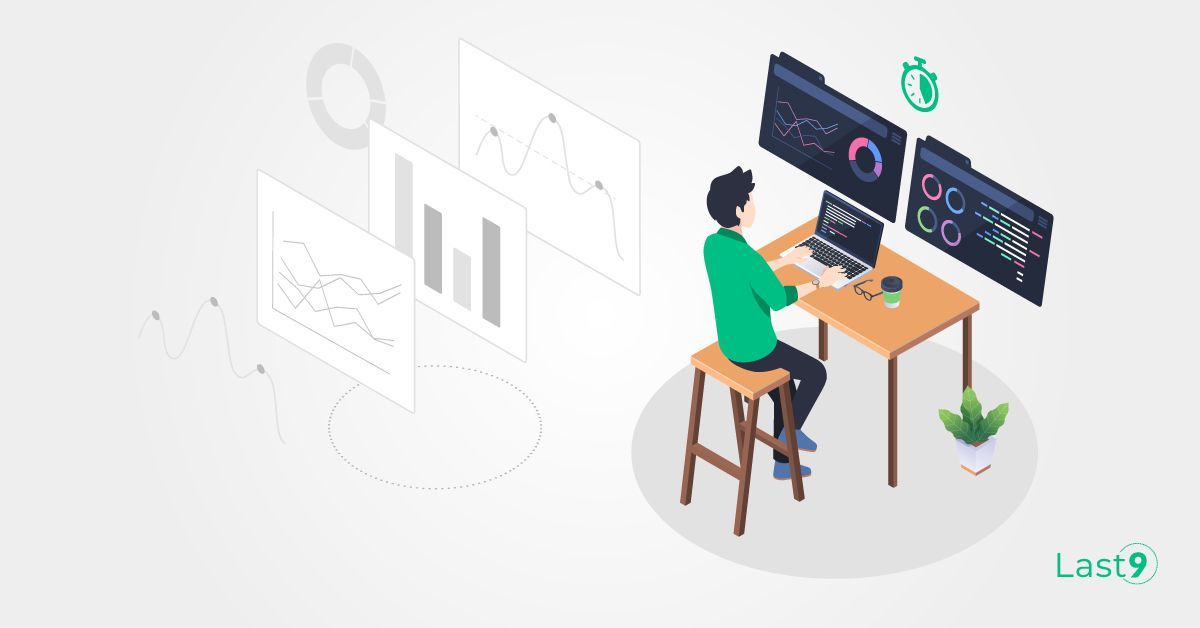Piyush Verma
Find Piyush Verma elsewhere ⏤
Twitter

Software Monitoring — Stuck in the 00s
Piyush Verma

How we tame High Cardinality by Sharding a stream
Piyush Verma

How we tame high cardinality in time series databases
Piyush Verma, Swati Modi

Who should define Reliability — Engineering, or Product?
Piyush Verma

When should I start thinking of observability?
Piyush Verma

Sample vs Metrics vs Cardinality
Piyush Verma

Why Service Level Objectives?
Piyush Verma

The origin of Service Level Objectives
Akshay Chugh, Piyush Verma

Doing SRE the Right Way!
Piyush Verma

SLOs eased
Piyush Verma, Saurabh Hirani

Latency SLO
Piyush Verma

Services; not Server
Nishant Modak, Piyush Verma

Systems Observability
Nishant Modak, Piyush Verma

Much That We Have Gotten Wrong About SRE
Piyush Verma

Infrastructure-As-Code-As-Software
Piyush Verma

SLOs That Lie
Piyush Verma

Latency Percentiles are Incorrect P99 of the Times
Piyush Verma

SRE Tooling – the Clever Hans fallacy
Piyush Verma

Root Cause Analysis For Reliability: A Case Study
Piyush Verma